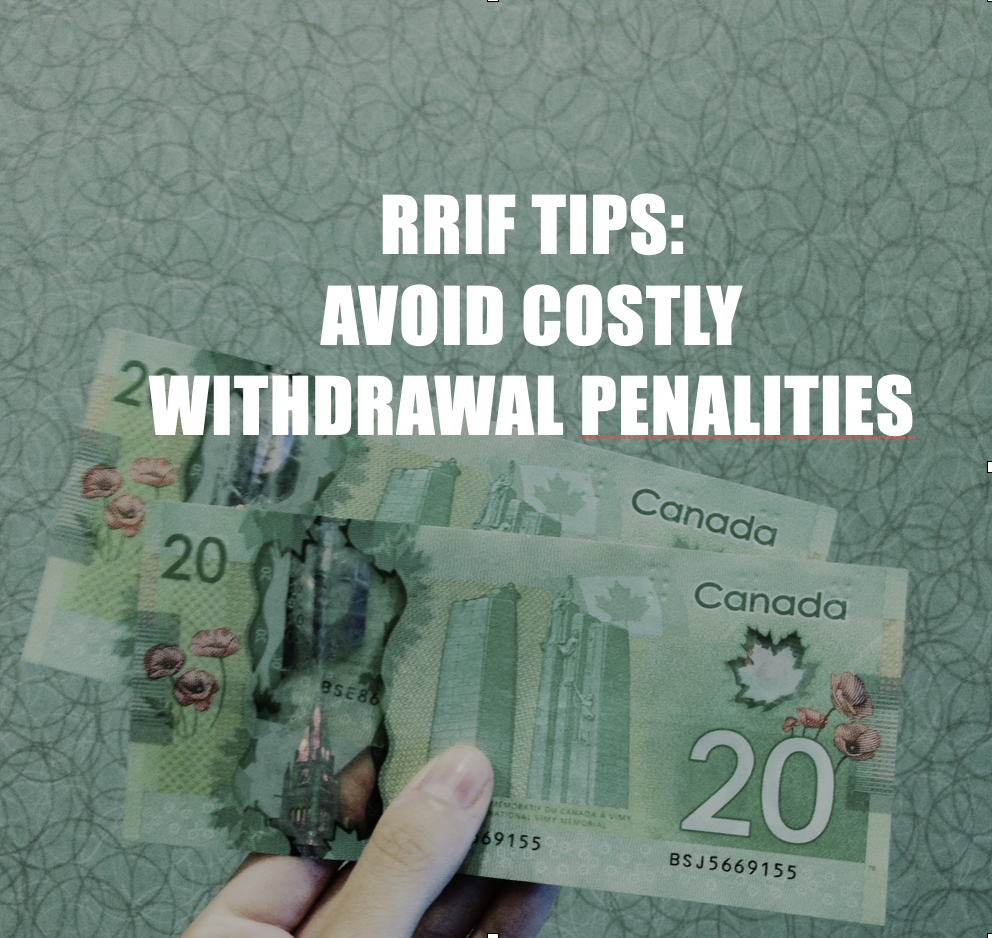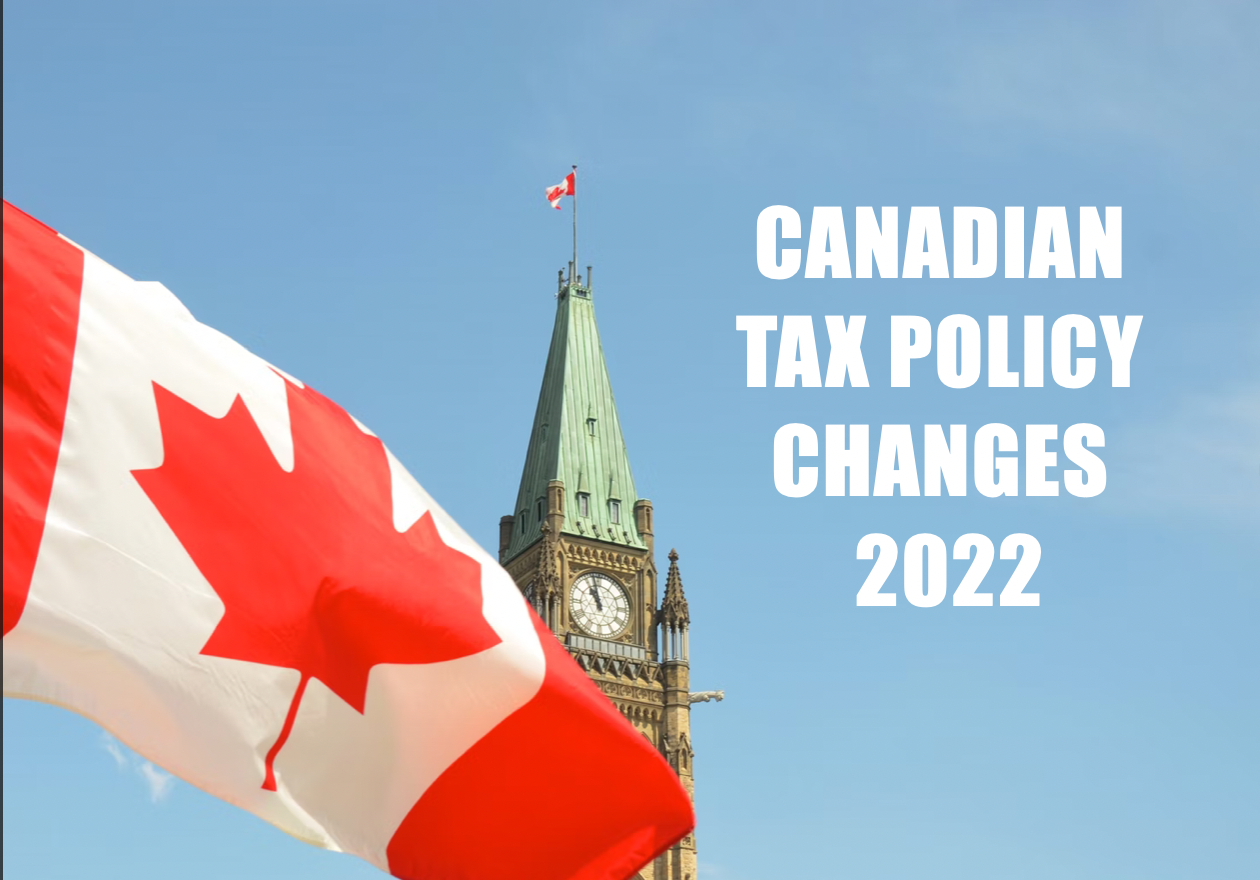Why Relying Solely on ‘Break-Even Age’ for Determining CPP Start Dates can Lead Client’s Astray
Deciding when to start taking Canada Pension Plan (CPP) benefits is a significant choice for many Canadians, with the “break-even age” often used as a key factor in this decision. This term refers to the age at which the total amount a client would receive from delaying their CPP benefits equals the amount they would have received by starting them earlier at a lower monthly rate. This requires Canadians to estimate their longevity and weigh the risks of dying before or living beyond this age. However, focusing solely on this break-even point may overlook broader financial implications and the complexities of retirement planning.
Concerns arise when people prioritize the fear of not living long enough to benefit from delaying their CPP benefits, rather than considering the financial challenges of potentially living longer than expected. The emphasis on this break-even analysis can distract from the importance of managing living expenses in retirement, especially in the face of rising living costs. With the increase in prices over recent years, ensuring a portion of retirement income is inflation-protected, like CPP and Old Age Security (OAS), becomes crucial since these are designed to adjust with inflation and provide income for life.
Moreover, the strategy of taking CPP benefits early to preserve personal savings is often questioned. The advice leans towards considering the long-term benefit of maximizing guaranteed income sources, such as CPP, to better secure financial stability into late retirement.
The conversation also extends to the consideration of other assets and income sources in retirement planning. The decision to take CPP benefits early or delay them should be made in the context of an individual’s entire financial situation, including other pension plans, registered and non-registered assets, and the specific needs and goals of the retiree. This approach recognizes the importance of the time value of money and the potential advantages of coordinating various income streams to maximize financial security throughout retirement.
Financial experts also highlight that there’s no one-size-fits-all rule when it comes to CPP planning. The decision involves assessing numerous factors, including other retirement income sources, health status, potential for cost-of-living increases, and the unpredictable nature of life expectancy. While some may find value in calculating a break-even age to feel they are making the most of their CPP contributions, it’s essential to view this analysis as part of a broader retirement planning strategy, rather than a definitive guide.
Ultimately, the challenge lies in shifting the focus from the risk of dying too soon to the risk of outliving one’s savings. This shift encourages a more comprehensive approach to retirement planning that goes beyond simple break-even analyses to consider the full spectrum of financial needs and risks in retirement.











